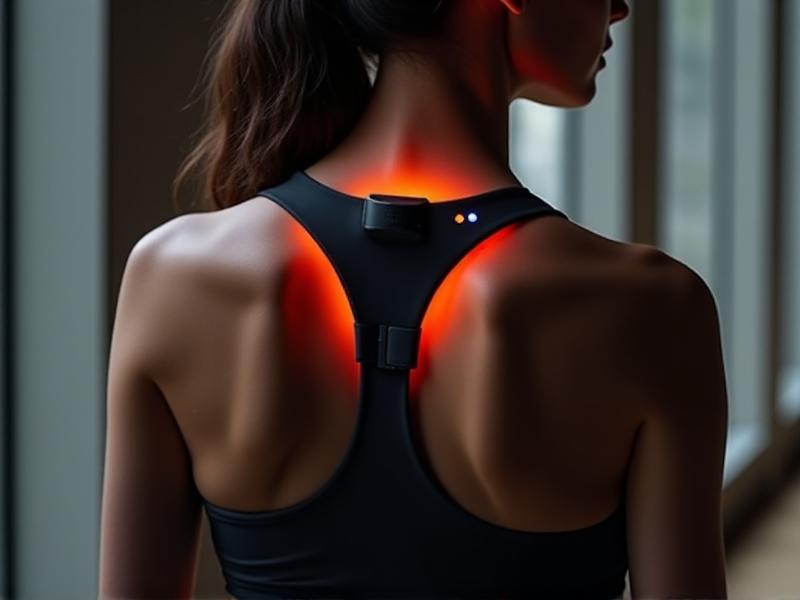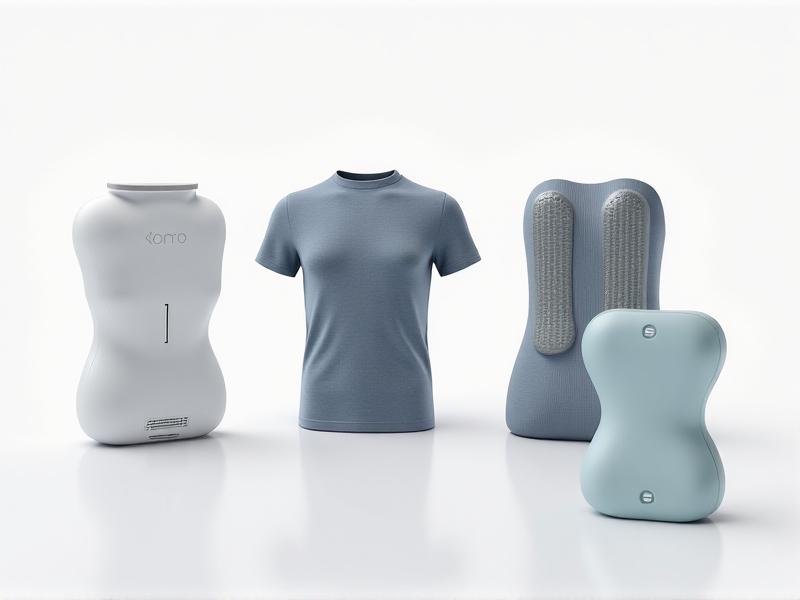Posture-Correcting Wearable Alerts
The Science of Posture and Its Impact on Health
Good posture is often praised for its aesthetic benefits, but its role in overall health runs far deeper. The human spine’s alignment directly affects the musculoskeletal system, influencing how muscles, ligaments, and joints distribute weight and absorb stress. Chronic poor posture, such as slouching or forward head position, can lead to spinal misalignment, increased pressure on intervertebral discs, and muscle fatigue. Over time, this strain contributes to conditions like kyphosis, chronic back pain, and even reduced lung capacity due to compressed thoracic cavities.
Beyond physical ailments, posture impacts neurological and psychological well-being. Studies reveal that slumped positions correlate with higher cortisol levels and lower serotonin production, amplifying stress and diminishing mood. Conversely, upright postures are linked to increased confidence and resilience. With sedentary lifestyles exacerbating these issues, understanding posture’s systemic effects underscores the urgency of corrective measures.

How Posture-Correcting Wearables Work
Posture-correcting wearables combine sensor technology with real-time feedback to nudge users toward healthier alignment. Most devices use accelerometers and gyroscopes to track the angle of the spine or position of the shoulders. When a slouch or forward lean is detected, the device responds with gentle vibrations, audible alerts, or app notifications. Advanced models integrate machine learning to distinguish between intentional movements and habitual poor posture, reducing false positives.
These wearables often sync with smartphone apps to provide detailed analytics, such as daily posture scores or trends over time. Some even offer guided exercises to strengthen core muscles. By blending immediate correction with long-term habit-building tools, these devices bridge the gap between awareness and actionable change.

Types of Posture-Correcting Devices Available
The market offers diverse form factors to suit different lifestyles. Clip-on sensors, like the Upright Go 2, attach discreetly to the upper back and vibrate when slouching occurs. Smart shirts, such as the Posture Aware Shirt, embed fabric sensors for full-spine monitoring. Belts like the Lumo Lift focus on lumbar support, while adhesive patches provide low-profile options for active users.
Specialized devices cater to niche needs. Gamified wearables target children with posture-related animations, while ergonomic exoskeletons assist manual laborers. Though design varies, all share a common goal: making posture awareness effortless and integrated into daily routines.

Benefits Beyond Spinal Health
While spine health is the primary focus, improved posture ripples into other areas. Ergonomic alignment reduces fatigue during desk work, boosting productivity. Studies suggest upright postures enhance focus and memory retention by increasing blood flow to the brain. Socially, confident body language fosters positive perceptions in professional and personal interactions.
Psychologically, consistent posture correction can break the cycle of stress-poor posture-stress. Users report heightened self-awareness and mindfulness, often extending to other health habits like hydration or stretching. For athletes, optimal alignment improves performance and reduces injury risk, proving these devices’ versatility.
Challenges and Limitations of Current Devices
Despite their promise, posture wearables face hurdles. Accuracy remains a concern; devices may struggle to differentiate between relaxed sitting and harmful slouching. User adaptation varies—some find haptic alerts annoying, leading to discontinued use. Skin irritation from prolonged wear and battery life limitations also pose practical challenges.
Critics argue that reliance on technology might deter intrinsic habit formation. Without addressing root causes like weak core muscles or poor workstation ergonomics, wearables risk being temporary fixes. Cost is another barrier, with premium models exceeding $200, though budget options are emerging.

The Future of Posture-Correcting Technology
Next-generation wearables aim to be proactive rather than reactive. AI-driven models will predict slouching before it occurs by analyzing movement patterns. Integration with augmented reality (AR) glasses could overlay posture guidelines onto the user’s field of view. Biometric sensors might monitor muscle fatigue or hydration levels, correlating data for holistic health insights.
Fashion-forward designs are also on the horizon. Collaborations between tech brands and apparel companies could produce stylish, sensor-embedded clothing. Sustainability initiatives may focus on recyclable materials or solar-powered devices, reducing environmental impact.
Real-World Applications and Success Stories
Corporate wellness programs have adopted posture wearables to reduce workplace injuries. At a tech startup, employees using clip-on sensors reported a 40% drop in neck pain complaints. Physical therapists incorporate wearables into rehabilitation plans, helping patients rebuild post-surgical posture habits.
Individual users share transformative stories. A freelance writer credits her wearable with ending decade-long migraines linked to cervical strain. Athletes, from marathoners to golfers, use posture data to refine techniques and avoid overuse injuries.
Choosing the Right Device for Your Lifestyle
Selecting a posture wearable hinges on lifestyle and goals. Desk workers benefit from discrete clip-ons or smart shirts, while athletes might prefer moisture-resistant adhesives. Consider comfort, battery life, and app compatibility. Budget-conscious users can start with smartphone-based apps that use the front camera for posture analysis.
Trial periods and warranties are crucial—posture correction is deeply personal, and what works for one may irritate another. Reviews from users with similar routines or body types offer valuable insights beyond marketing claims.
Integrating Posture Tech with Daily Life
Consistency is key. Pair your wearable with habit-stacking—checking posture during routine activities like brewing coffee or waiting for emails. Customize alerts to avoid overload; start with gentle reminders during high-risk times, like afternoon slumps.
Sync devices with other health apps. For instance, correlate posture data with sleep tracking to identify patterns. Workplace integration, like smart desks that adjust height when poor posture is detected, creates a supportive ecosystem for lasting change.
The Psychological Impact of Posture Awareness
Constant posture monitoring can be a double-edged sword. While many gain confidence, others develop hypervigilance or anxiety about “imperfect” alignment. Designers are addressing this by incorporating mindfulness features, like breathwork prompts when tension is detected.
Ultimately, posture tech should empower, not punish. The goal isn’t robotic straightness but fostering a compassionate, informed relationship with one’s body—a tool for self-care in an increasingly sedentary world.







